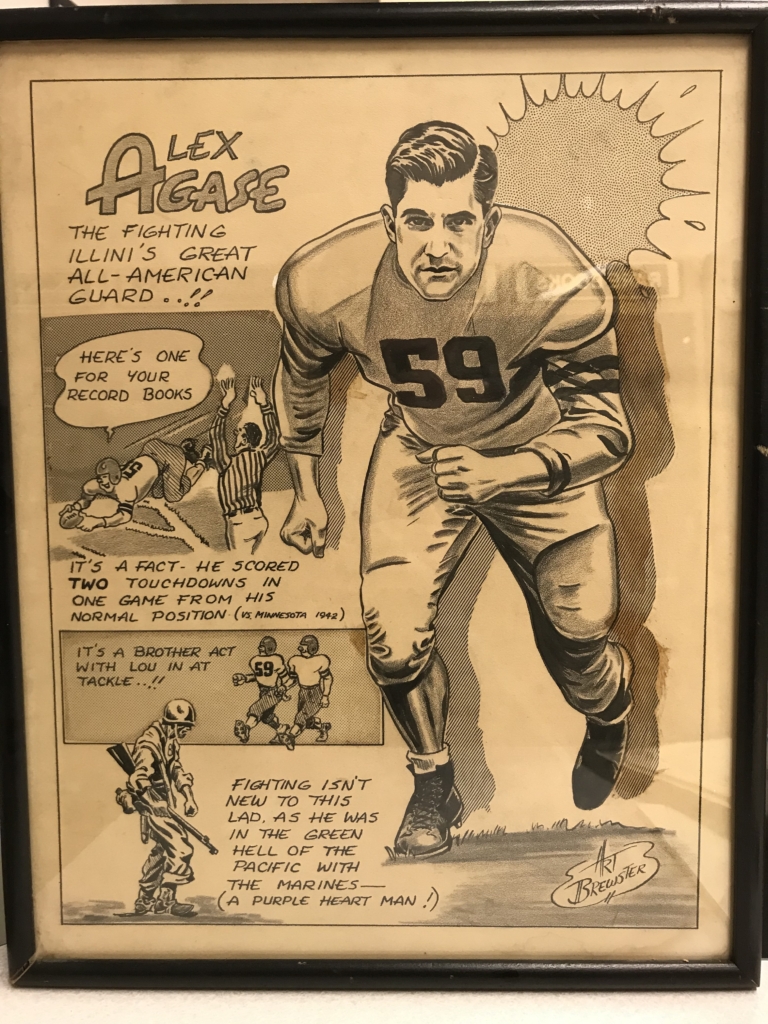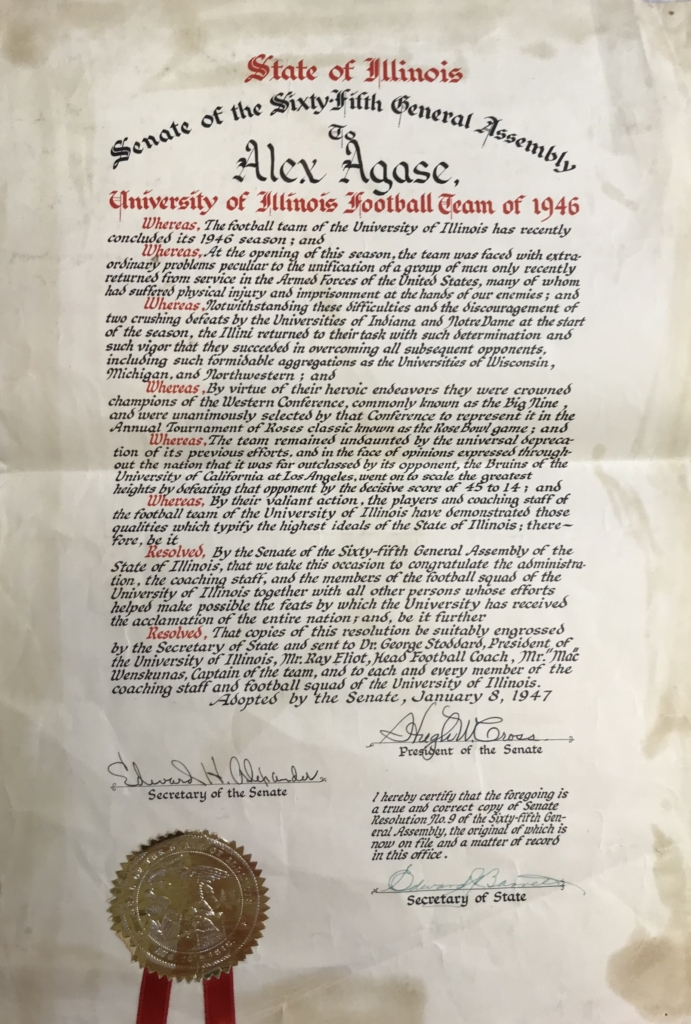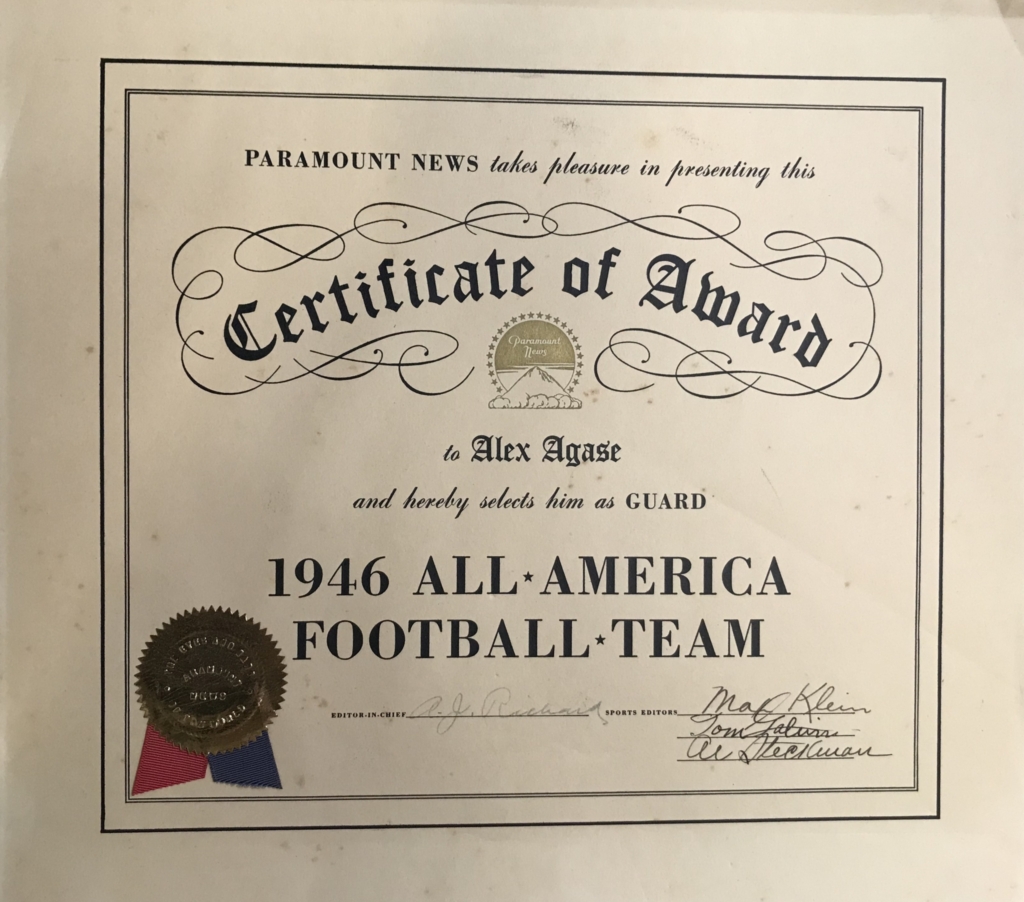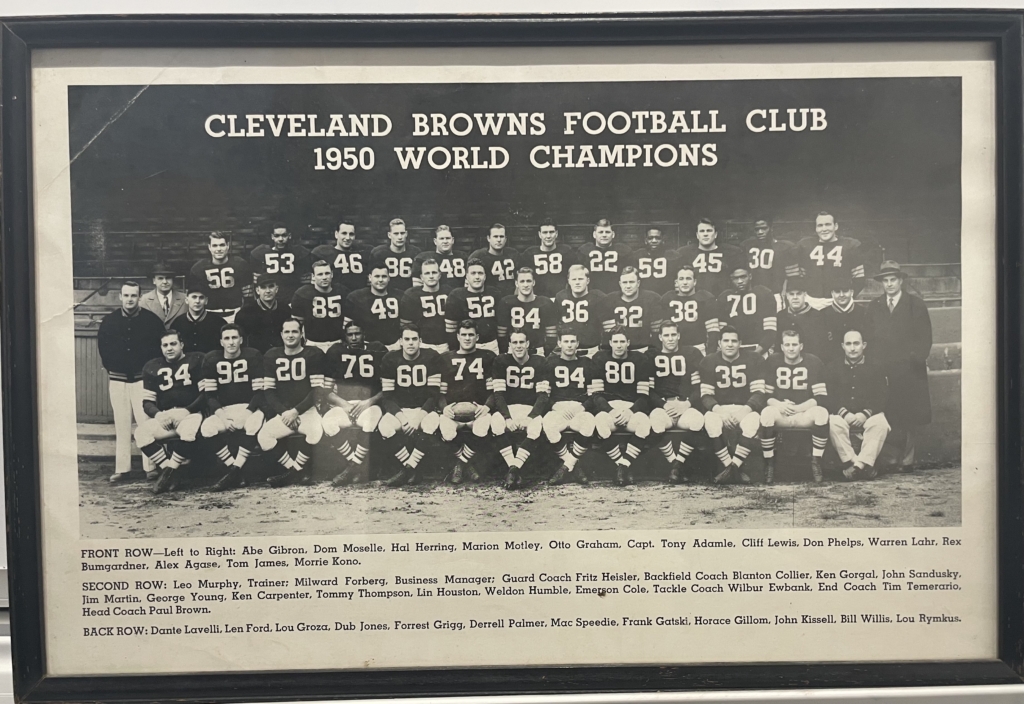Milton Malek-Yonan
Date: July 2, 2021
Did you know that an Assyrian man named Milton Malek-Yonan patented a method of boiling and canning rice in the 1940s? His invention helped feed thousands of U.S. soldiers during World War II. Because of Malek-Yonan’s work with dehydrating rice, he became an instructor for the U.S. Army at the School of Dehydrated Foods in Fort Meade, Maryland, where he rose to the rank of sergeant during WWII.
In 1938, prior to WWII, Milton Malek-Yonan noticed millions of pounds of rice going to waste in California’s Sacramento Valley. That was because the United States had placed an embargo on Japan after Japan invaded China in 1937. Prior to the invasion, a large percentage of the United States’ rice production went to Japan. After noticing the waste, Malek-Yonan decided to look for ways to preserve rice for a longer period of time. For two years, he experimented with cooking and canning rice until he came up with a process that worked well. During that time, he discovered that his method of cooking the rice caused the vitamins from the rice’s bran to go inside the kernel, thus making the rice more nutritious. Named after him, Malek-Yonan’s method of preserving rice came to be known as “Malekized Rice.”
Milton Malek-Yonan was born in Urmia, Persia (Iran) in 1909. He was from the prominent Malek family whose ancestors moved to the village of Geogtapa, in Urmia, from Jelu, in the Hakkari (an area in present-day Turkey), decades before Malek-Yonan’s birth. Malek-Yonan’s parents were Isaac and Mary. Reverend Isaac Malek-Yonan was a missionary who himself gained some fame by writing two books: Persian Women: A Sketch of Woman’s Life from the Cradle to the Grave, and Missionary Work among Them, with Illustrations (1898) and The Beloved Physician of Teheran: The Miracle of the Conversion of Dr. Sa’eed, Khan, Kurdistani, the Man Who Walks and Talks with God (1934).
Milton’s father, Isaac, came to the United States in the early 1890s to study theology at Westminster College in Fulton, Missouri and Presbyterian Theological Seminary in Louisville, Kentucky, in order to obtain a Bachelor of Divinity degree and prepare himself for missionary work. He went back to his native country of Persia soon afterwards, and had his children there. However, he returned to the United States in 1919, bringing his family with him. He and his family remained in the United States after that, and over the years lived in Charlotte, North Carolina; Louisville, Kentucky; Oak Park, Illinois; and San Francisco, California.
Milton Malek-Yonan passed away in California in 2004. You can read his original rice patent from June 10, 1940 online here. His process of dehydrating rice eventually paved the way for future versions of parboiled rice. This dehydrated form of rice has helped feed soldiers, refugees, disaster victims, and many others.
Written by Esther Lang
Bibliography
De Matran, Lucrece. “Uncle Ben’s or Uncle Malek?” Nineveh. First/Second Quarter 1991. https://www.assyrianfoundation.org/files/1991-1-2.pdf (accessed March 25, 2021).
Marge of Sunrise, Mountain Farm. 1946. “Fresh from the Hills Rice Belt.” Chicago Daily Tribune (1923-1963), Jun 02, 1-e1. https://resources.skokielibrary.info/login?url=https://www-proquest-com.resources.skokielibrary.info/historical-newspapers/fresh-hills-rice-belt/docview/177303143/se-2?accountid=3671 (accessed March 25, 2021).
Milton Yonan. 1920 United States Federal Census [database on-line]. Provo, UT, USA: Ancestry.com Operations, Inc., 2010. Images reproduced by FamilySearch.
Milton Yonan. 1930 United States Federal Census [database on-line]. Provo, UT, USA: Ancestry.com Operations Inc, 2002.
Moorhatch, Abraham. Geogtapa in Urmi, Aderbaijan, Iran: The History of a Small Christian Town in the Northwestern Part of Iran, from the Time of Zoroaster, over 2,500 Years Ago. Translated by Paul Shimmon. Modesto, CA: Commercial Printing Company, 1946.
“Process for Treating Rice: United States Patent 2546456.” Free Patents Online. March 27, 1951. https://www.freepatentsonline.com/2546456.html (accessed March 25, 2021).
“Rosie Malek-Yonan: A Zinda Magazine Special Biogrpahy.” Zinda Magazine. April 27, 2005. http://www.zindamagazine.com/html/archives/2005/4.27.05/index_wed.php (accessed March 25, 2021).
Yonan, Isaac Malek. Persian Women: A Sketch of Woman’s Life from the Cradle to the Grave, and Missionary Work among Them, with Illustrations. Nashville, TN: Cumberland Presbyterian Publishing House. 1898.
Yonan, Isaac Malek. The Beloved Physician of Teheran: The Miracle of the Conversion of Dr. Sa’eed, Khan, Kurdistani, the Man Who Walks and Talks with God. Nashville, TN: Cokesbury Press, 1934.
Yonan-Malek, Milton. “Control System of Boiling and Canning Rice: US2334666A.” Google Patents. November 16, 1943. https://patentimages.storage.googleapis.com/34/18/86/4409596e99445b/US2334666.pdf (accessed March 25, 2021).
Yonan-Malek, Milton. “Method and Control System for Treating and Canning Rice: United States Patent 2334665.” Free Patents Online. November 16, 1943. https://www.freepatentsonline.com/2334665.html (accessed March 25, 2021).





